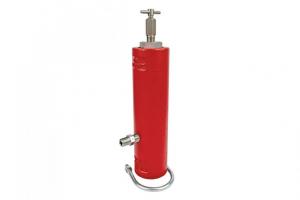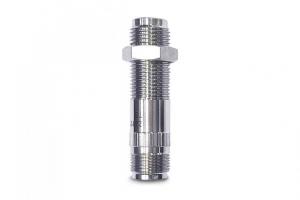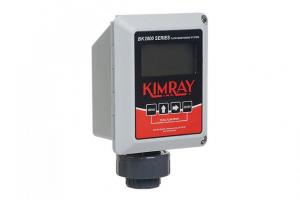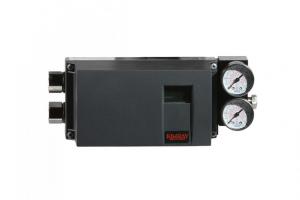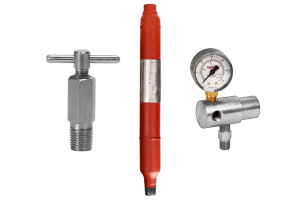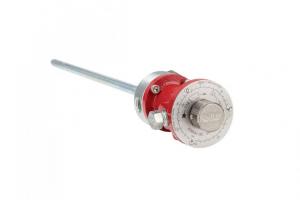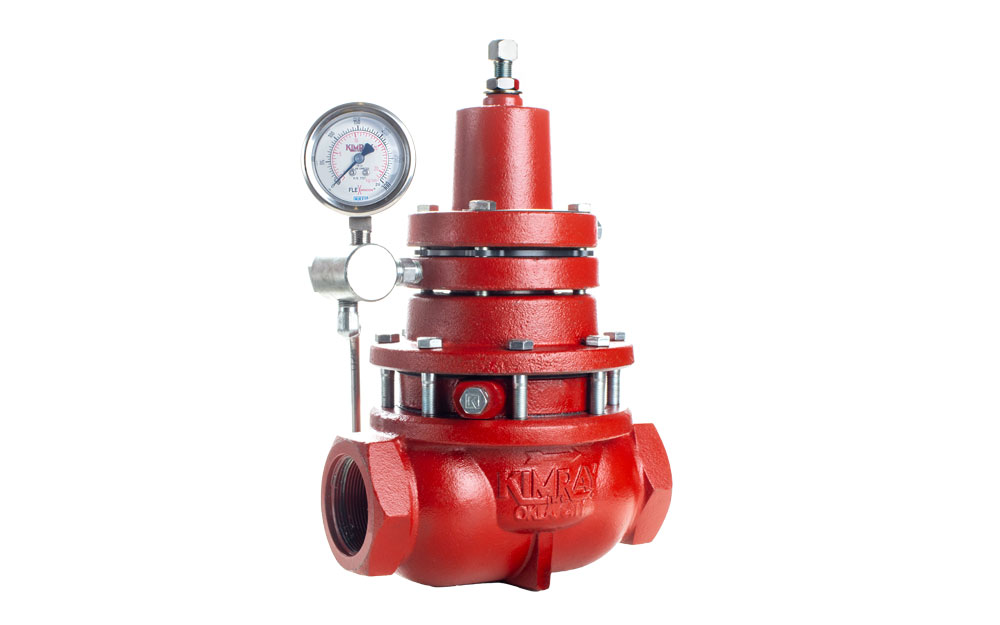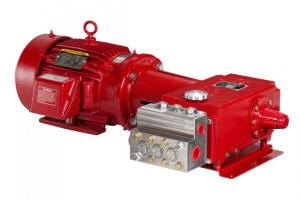
Looking to reduce emissions at your well site?
One easy option for your liquid level control applications is to use a Gen 3 Liquid Level Controller with compressed air.
How Does the Gen 3 Level Controller Work?
The Gen 3 uses a displacer to sense a liquid level inside a production vessel.
When the displacer reaches the established set point, the controller’s internal pilot sends a pneumatic signal to the actuator of a control valve, which opens or closes the valve.
Producers often use on-site supply gas for that pilot.
After the valve actuator uses this supply gas to open or close the valve, the gas is routed back through the Gen 3, venting to the atmosphere.
How Can I Make the Gen 3 Emission Free?
Want to eliminate your level controller as a potential source of emissions? Here's how.
Rather than using supply gas from your production vessel for the Gen 3, use an air compressor. The Gen 3 can accept compressed air with no conversion or additional parts required.
You can use the same tubing. Just run the compressed air through your Supply Gas Regulator to a pressure of 15-45 PSI as needed to actuate your valve.
What are the advantages to going emissions free?
Many energy producers are increasingly moving to emissions-free production to reach their company’s sustainability goals.
Using an air compressor to go emissions free with the Gen 3 specifically has an additional benefit.
Some competitors’ level controllers vent continuously. If you are using compressed air, this will increase the usage of your compressor and can be an issue if you have a limited supply of electricity.
The Gen 3, on the other hand, vents intermittently. This means it only vents the air that was used to actuate the valve and no more. This can limit the load on your compressor and electricity requirements.
Check out more about the Gen 3 or explore emission-free options on our Emissions Solutions page.





